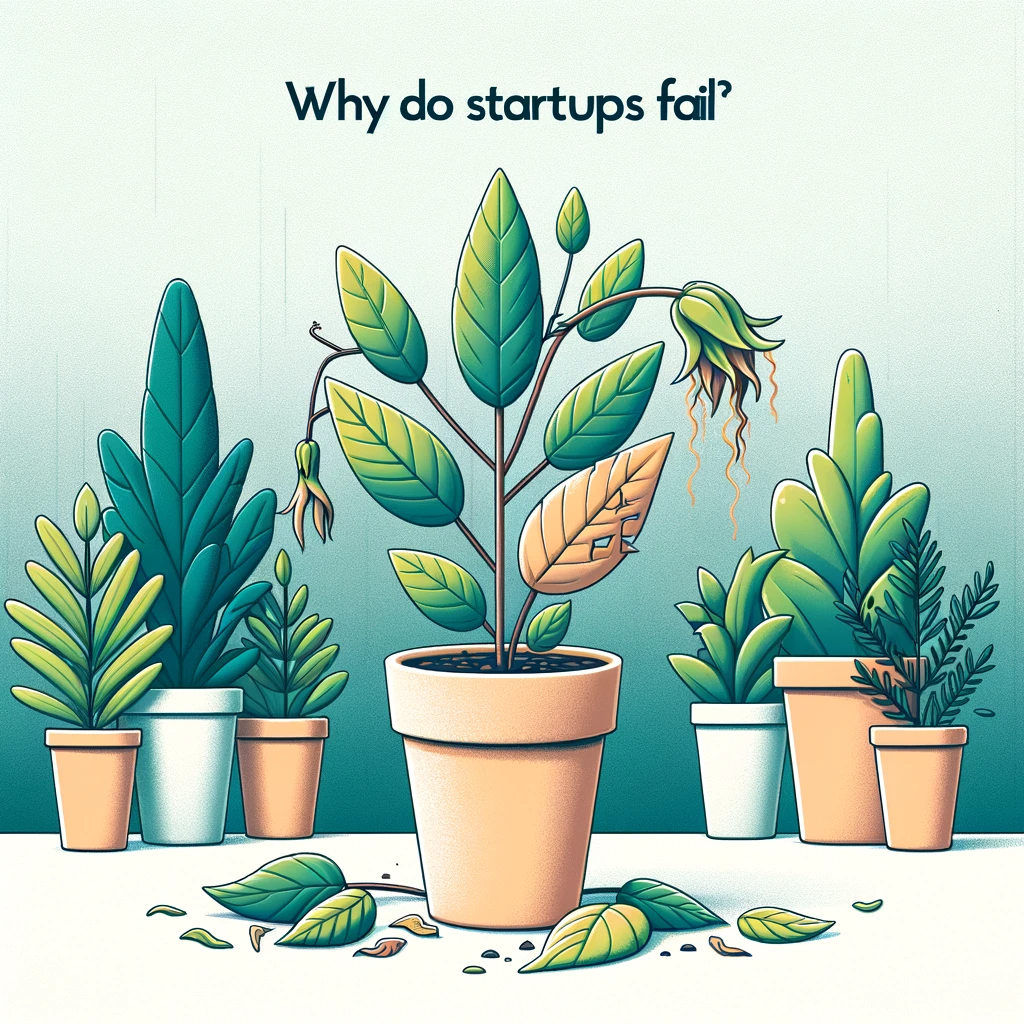Technology For Startups: Where To Draw The Line
Introduction
In the fast-paced world of startups, technology is not just a tool; it’s the backbone of innovation and growth. The digital age has handed startups a double-edged sword: an abundance of technological solutions and the daunting task of choosing wisely. The crux lies in understanding the difference between what you need and what you want. This blog delves into the art of making strategic technological investments, ensuring that your startup is equipped for success without succumbing to the lure of overindulgence in tech trends.
Understanding the Tech Needs of Your Startup
For startups, the first step in making informed technology decisions is a thorough assessment of their unique needs. This involves understanding the business model, analyzing the industry landscape, and identifying operational requirements. A B2B service startup, for instance, might prioritize customer relationship management (CRM) software, while a retail startup could benefit more from e-commerce platforms. It’s crucial to align tech investments with your business objectives, whether it’s scaling operations, enhancing customer experience, or improving productivity.
Essential Versus Nice-to-Have Technologies
Distinguishing between essential and non-essential technology is vital for startups. Core technologies are those that support your business’s basic functions, like accounting software for finance, or inventory management systems for retail. On the other hand, ‘nice-to-have’ technologies might include advanced analytics tools or premium marketing software. While these can enhance operations, they are not immediately critical and can be phased in as the business grows and stabilizes.
Budgeting for Technology
Budgeting for technology is a balancing act between cost and potential return on investment (ROI). Startups should allocate funds for tech that directly contributes to revenue generation or significant cost savings. It’s important to avoid overspending on trendy tools that offer little tangible value. A lean approach, focusing on technologies that deliver immediate benefits or are critical to business operations, helps in maintaining financial health and ensuring sustainable growth.
Phased Technology Implementation
Implementing technology in phases is a prudent strategy for startups. This approach allows for the assessment of each technology’s impact and effectiveness before additional investments are made. It also aids in managing cash flow, a critical aspect for any startup. Start with essential systems and gradually introduce more advanced technologies as your business evolves and the need for them becomes clear.
Comparative Analysis and Market Research
Before any tech purchase, conducting thorough market research and comparative analysis is imperative. This involves evaluating various options based on features, scalability, integration capabilities, and cost. Startups should also consider user reviews and industry benchmarks. This exercise not only helps in selecting the best technology for your needs but also in negotiating better terms and prices with vendors.
Outsourcing Versus In-House
Deciding between outsourcing technology needs and building in-house capabilities is a strategic choice. Outsourcing can offer cost savings, access to expert skills, and flexibility. However, it may lead to less control over technology and data security concerns. Building in-house teams ensures greater control and customization but can be resource-intensive. The decision should be based on the startup’s size, budget, and long-term technology strategy.
DIY Technology Solutions
For startups on a tight budget, DIY technology solutions like open-source tools and no-code/low-code platforms can be a game-changer. These options offer a degree of customization and control without the hefty price tag. However, they require time and skills to set up and manage. Startups should weigh the cost of time and potential limitations against the savings these solutions offer.
Choosing Future-Proof Technology
In the technology landscape, change is the only constant. Selecting technologies that are adaptable and scalable is crucial. Future-proofing your technology investments involves choosing solutions that can evolve with your business and the market. Look for technologies that offer regular updates, scalability, and compatibility with emerging trends.
In conclusion, for startups, the right technology strategy is not about having the most advanced tools, but about making smart, strategic choices that align with your business goals and budget. By understanding your needs, prioritizing essential technologies, budgeting wisely, and adopting a phased approach, your startup can harness the power of technology to fuel growth and innovation.





